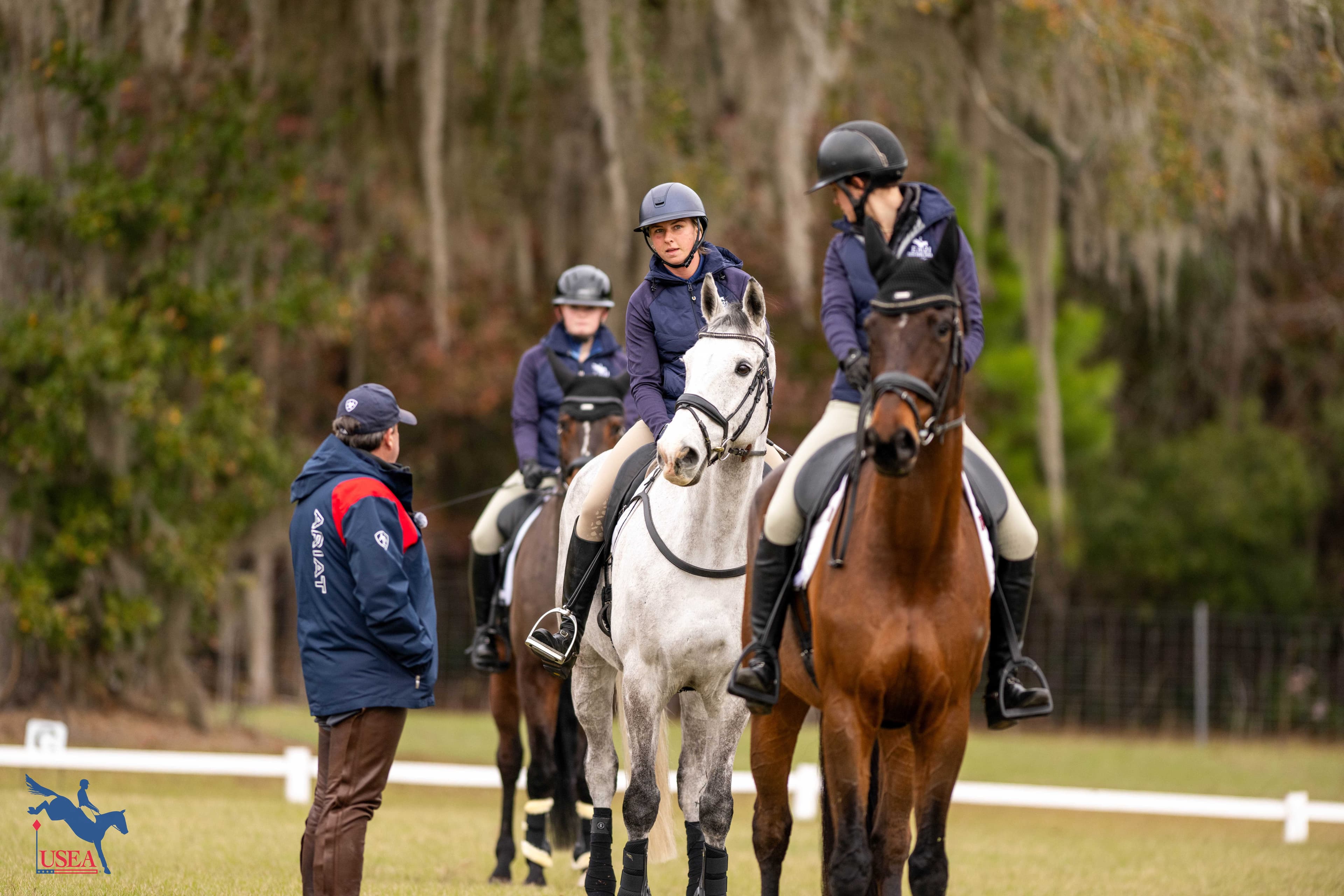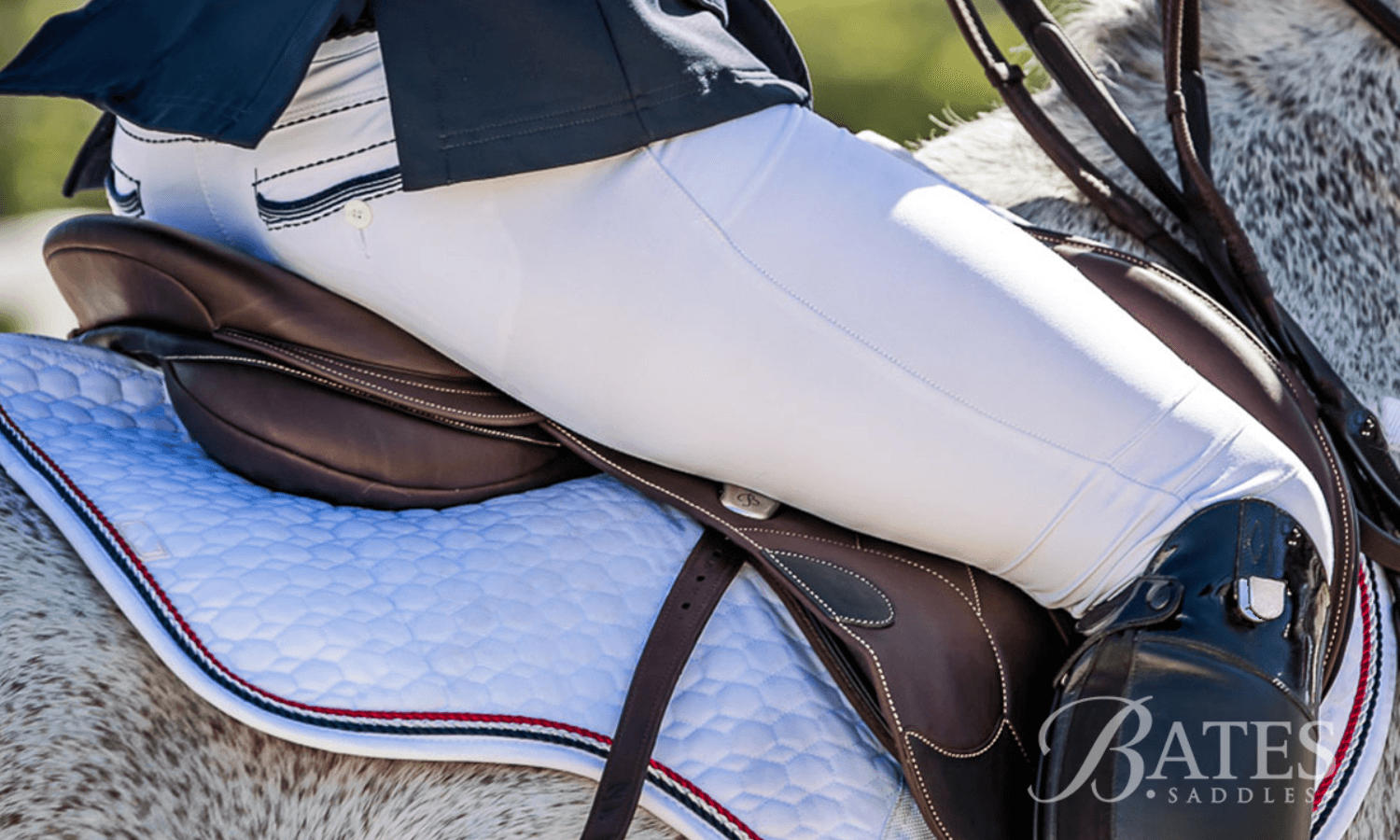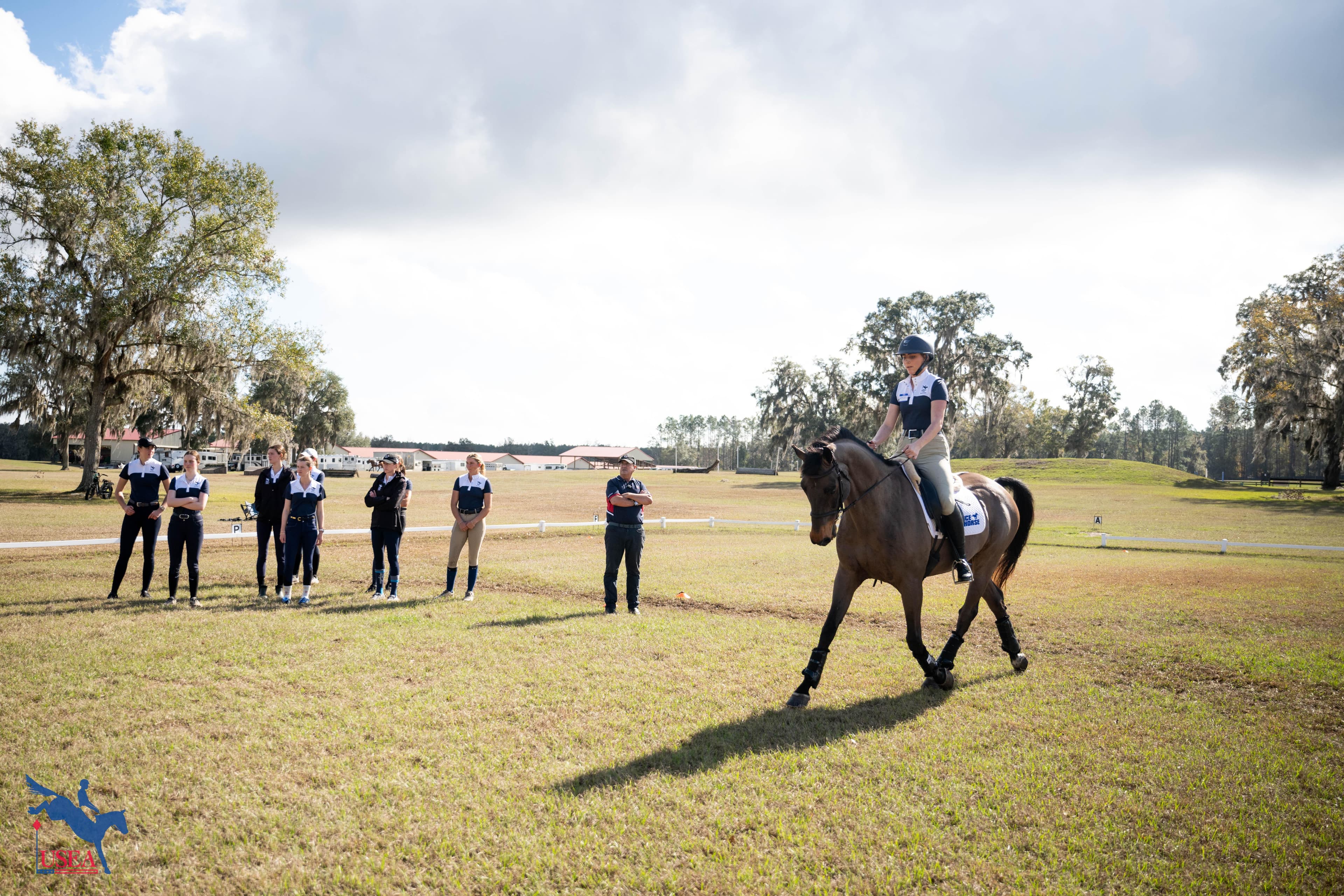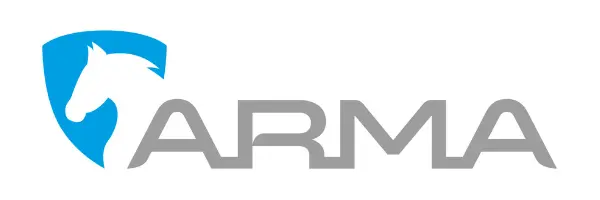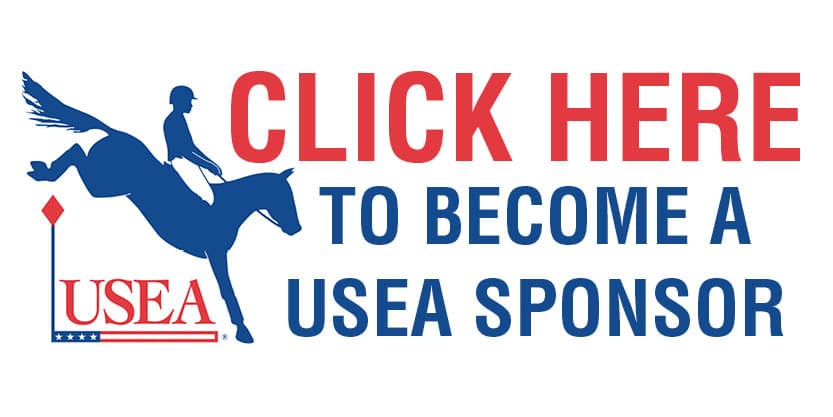How Three Eventers Found Their Stride in the USEA Intercollegiate Program
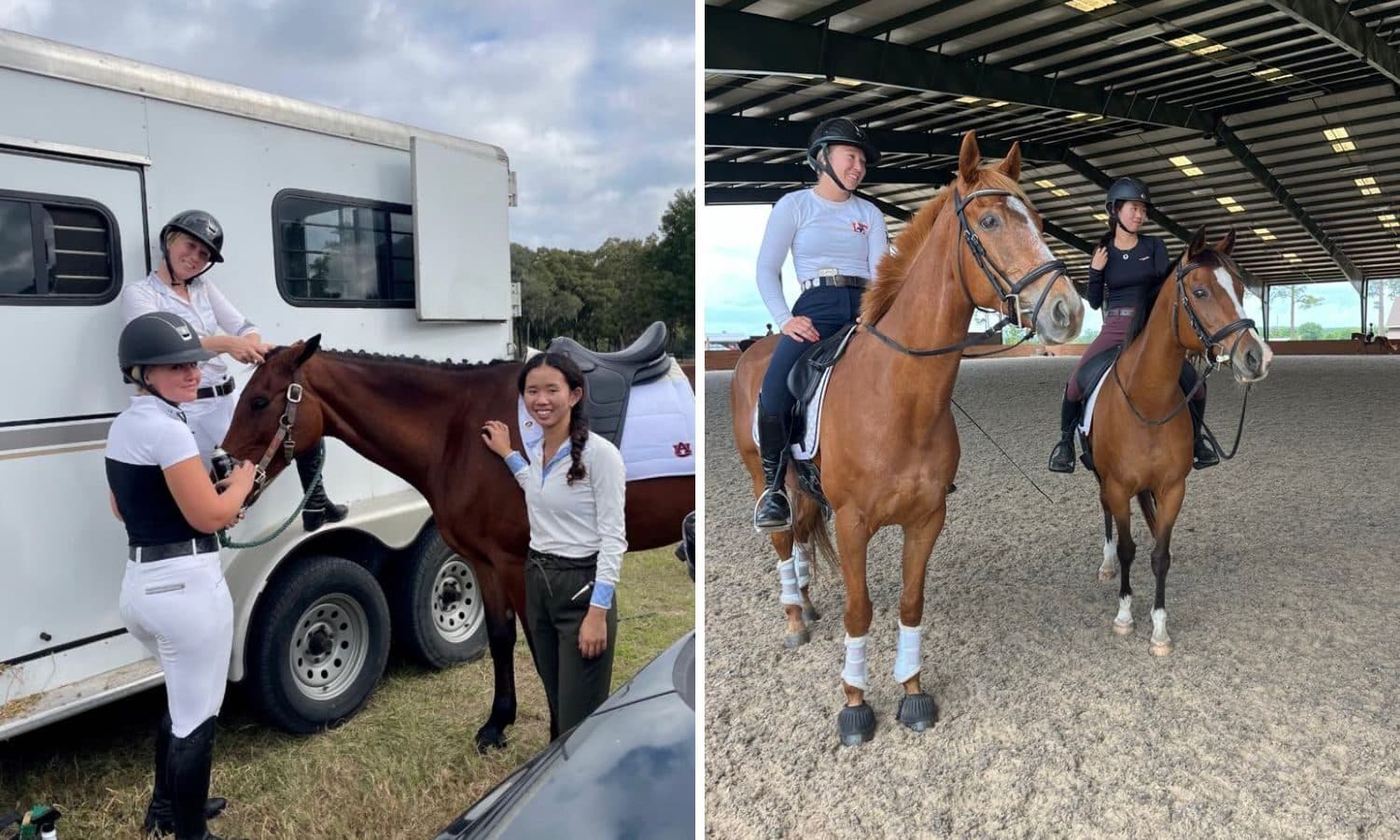
When Lucy Ann Walter arrived at college a few years ago, she brought more than just her books and boots. She brought her off-the-track Thoroughbred, her love for eventing, and a determination to grow a fledgling intercollegiate team into something bigger. What she didn’t bring, however, were her two closest riding buddies—her sister Reagan Walter and their longtime barnmate Kani Schram, both of whom headed to other schools. But distance, it turned out, was no match for the trio’s shared bond.
All three young women grew up riding in Sarasota, Florida, where the eventing community was still small. They found their footing at TerraNova Equestrian Center and, over time, began competing more seriously—transitioning from Pony Club and hunters to eventing. And when it came time to head to college, the USEA Intercollegiate Eventing Program allowed them to stay connected, even while riding for rival schools.
“There really wasn’t a big eventing scene in Sarasota back then,” said Lucy. “We all kind of found it at the same time. That connection has stayed with us.”
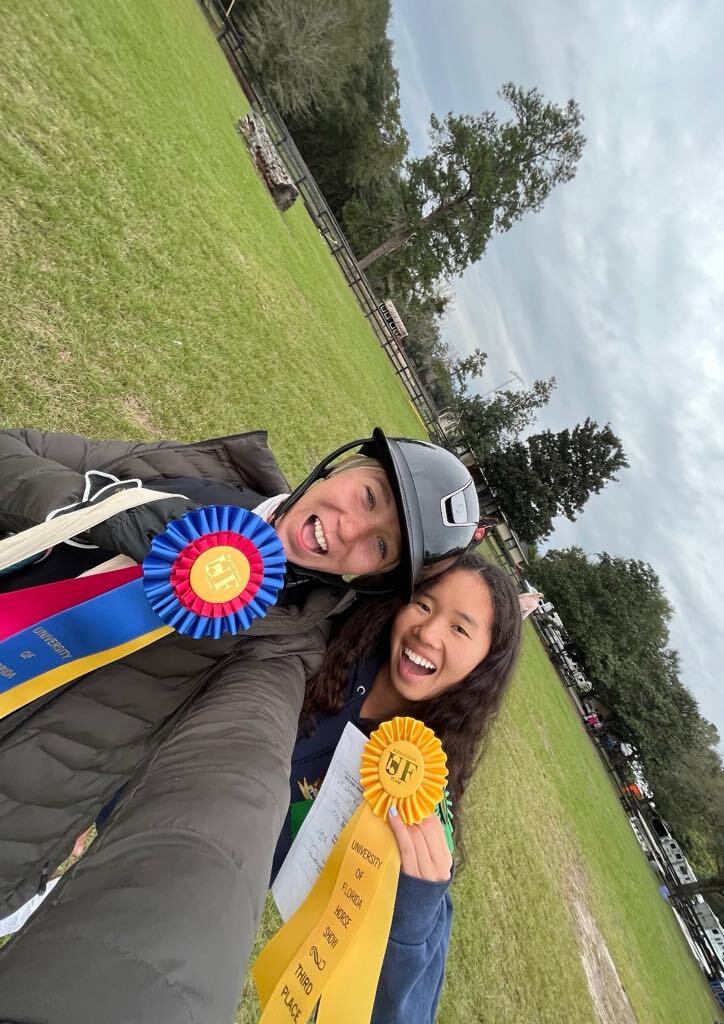
Building from the Ground Up
Lucy was the first to leave for college, enrolling at the University of Florida in Gainesville. The school is conveniently located near Ocala—the heart of Florida horse country and home to numerous professionals and competition venues. There, she would later become president of the eventing team. Reagan followed a year later to Auburn University in Auburn, Alabama, and Schram to Florida State University in Tallahassee.
While their parents weren’t riders themselves, they quickly adapted to life with horse-crazy daughters. “They always joked that they weren’t just sending us off to college—they were sending the horses, too,” Reagan said with a laugh. While Auburn’s team was already a powerhouse in the intercollegiate world, Lucy and Schram were stepping into much smaller programs.
“When I got to UF, the team was tiny,” Lucy said. “The girls who were on it were really sweet, but there wasn’t a lot of structure or experience. I wanted to change that.”
Over her three years as team president, Lucy spearheaded efforts to grow the club’s presence—both in numbers and visibility. She reached out to local barns, partnered with trainers, helped design a new logo (with Reagan’s artistic input), and found ways to make the team more polished and competitive. She even organized events like holiday shopping nights with tack shop sponsors and recruited high school riders through shows and social media.
“I was just really focused on growth,” she said. “I knew there were high-level riders out there who wanted to bring their horses to college—and UF has everything they need. I wanted to make our team something they wanted to be part of.”
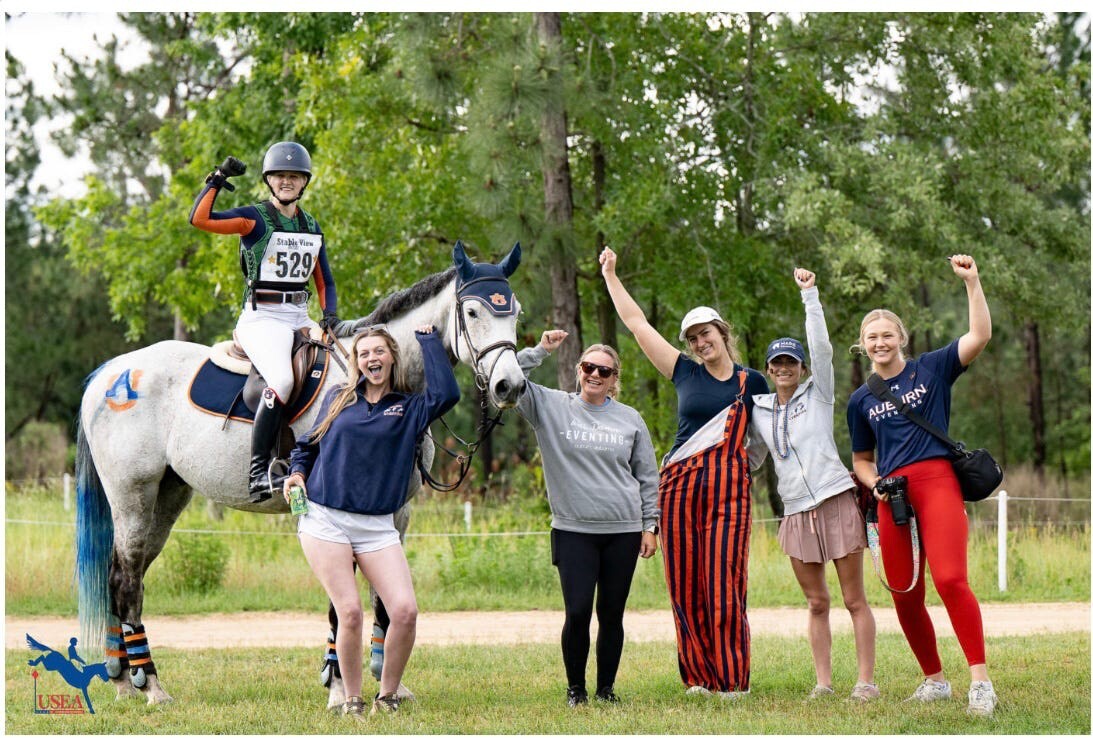
Auburn’s Well-Oiled Machine
Meanwhile, Reagan stepped into a much more established program at Auburn.
“I didn’t know much about Auburn before horses,” she admitted. “But I saw the eventing team on Instagram and just thought, this is what I want.”
Now serving as team president, Reagan oversees a club with nearly 50 members, spread across several local barns with multiple coaches. Despite the size, she said the team remains close-knit, thanks to shared show experiences, tailgates, team dinners, and a deep-rooted culture of support.
“Our program was so strong when I joined, and that foundation has kept us going,” Reagan said. “It’s like copy-pasting the formula each year—just making sure we stick to our traditions and keep building on what’s already there.”
That strength was on full display at the 2025 USEA Intercollegiate Championships, held May 2–4 in Aiken, South Carolina, at Stable View, where Auburn brought six full teams, plus riders for scramble teams—including one that paired Reagan’s teammates with Schram and another rider from Florida State.
Starting Small, Thinking Big
Compared to Auburn’s numbers, FSU’s club is modest—just seven riders this year—but under Schram’s leadership, it has grown in visibility and momentum. After joining as a freshman, she quickly stepped into a leadership role and is now serving as team president. She began expanding the team’s reach through local partnerships and social media efforts.
“The previous president basically handed me the reins and said, ‘Go for it,’ ” she said. “I’ve just tried to grow it every year since.”
FSU’s team has worked closely with coach Maisie Wagner and The Stables at Buck Lake to give riders access to horses and training support, even for members who don’t own their own mounts. “We’re small, but we’re mighty,” Schram said. “Everyone is committed to the same goal.”
Horses Behind the Riders
Each of the three riders brings a unique story through the horses they ride.
Lucy’s longtime partner, her off-the-track Thoroughbred named Bold Colors (English Channel x All the Colors), has been with her since he was 3.
“He’s like a pony in a horse’s body—very my-way-or-the-highway,” she said of the 10-year-old gelding she calls Theo. “But he’s taught me so much.” At Championships, she borrowed Schram’s Thoroughbred Charge The Harbor since Theo was recovering from a minor injury.
Reagan often competes her own Ideal Design (Figaro B x Intelligent Design), a 15.1-hand Dutch Warmblood mare at Training level. “She’s super cool and very sassy,” Reagan said. “But spooky. She has an immense fear of white things, which makes cross-country and dressage...interesting.”
Schram had planned to compete her mare Keen On Diamonds (Keen Falcon x Gold Not Diamonds) at Championships until the 19-year-old Thoroughbred came up lame shortly before the event.
“She’s now retired and living the good life at home with my parents and a very opinionated donkey named Dolly,” she said.
At Championships, Schram rode her coach’s lesson horse Tudors Charge. “He shares the same sire—Will Take Charge—as Charge The Harbor, so he’s technically a half-brother,” Kani added. “So it’s funny how connected our horses are, too.”
Collaboration and Camaraderie
Despite being in separate clubs, the three riders have remained close through the intercollegiate circuit. They share coaches, trailers, and even teammates at shows.
“It’s like we’re still on one big team,” Reagan said. “We may wear different logos, but we’re still cheering each other on.”
They’ve helped each other build their clubs by trading ideas and resources. “I’d call Kani and say, ‘You should try this,’ and she was always on board,” Lucy said. “We were constantly bouncing things off each other.”
And the support goes beyond the show ring. “We always decorate our stalls with school colors, and someone inevitably forgets duct tape,” Reagan said with a laugh. “It’s chaos—but fun chaos.”
“College can be really isolating,” Schram said. “But riding in college teaches you how to be independent and part of a team at the same time. Having people who understand what it’s like to balance classes, riding, everything—it changes everything.”
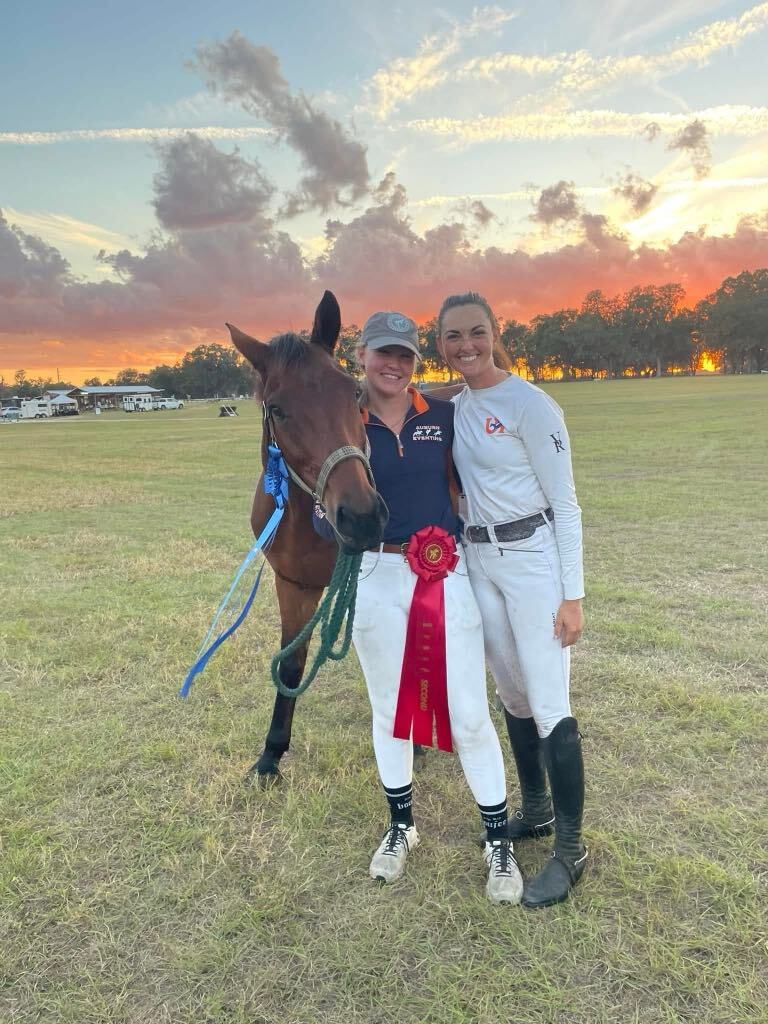
The Next Chapter
Lucy recently graduated and moved to Charleston, South Carolina, where she brought Theo to a barn in nearby Ridgeville. She’s working and considering law school, but also hunting for her next competitive partner. She’s since passed the reins to a new team of leaders, and the UF club continues to grow and thrive.
Reagan is heading into her junior year in Auburn’s five-year landscape architecture program. She hopes to launch a dressage team at the school, something her sister Lucy was involved in during her time at UF, in addition to being part of the eventing team.
“We have so many amazing riders. It just hasn’t been organized yet,” Reagan said.
Schram is wrapping up her degree in exercise physiology this fall. She’s already encouraging younger teammates to step up and keep the club going.
“It’s been so much fun, I just want to pass that joy on,” she said. “Being part of something bigger than yourself—that’s what makes this all so worth it.”
Because even after the caps are tossed and degrees earned, some bonds—like the ones built on horses, hard work, and shared cross-country courses—never fade.
About the USEA Intercollegiate Eventing Program
The USEA Intercollegiate Eventing Program was established in 2014 to provide a framework within which eventing teams and individual competitors could flourish at universities and colleges across the country. Many events across the country offer Intercollegiate Team Challenges where collegiate eventers can compete individually or in teams with their fellow students. In Intercollegiate Team Challenges, each rider’s score is multiplied by a coefficient appropriate for their level to account for differences in level difficulty, and then the individual scores are added together to determine the team score. The USEA Intercollegiate Eventing Championship is a capstone event for the program, which is held annually in the spring. Beginning in 2026, the USEA Intercollegiate & Interscholastic Eventing Championships will be hosted as a standalone event only open to program participants. The event will be hosted on rotating dates with the first year scheduled for May 15-17, 2026, and the second year on May 7-9, 2027. The first two-year bid has been awarded to Stable View to again serve as the host venue. Click here to learn more about the Intercollegiate Eventing Program.
The USEA would like to thank Bates Saddles, Horse & Country, Kerrits, PulseVet, Sidelines, U.S. Equestrian, WeRideTogether, World Equestrian Brands and Young Rider for sponsoring the USEA Intercollegiate Eventing Program.

